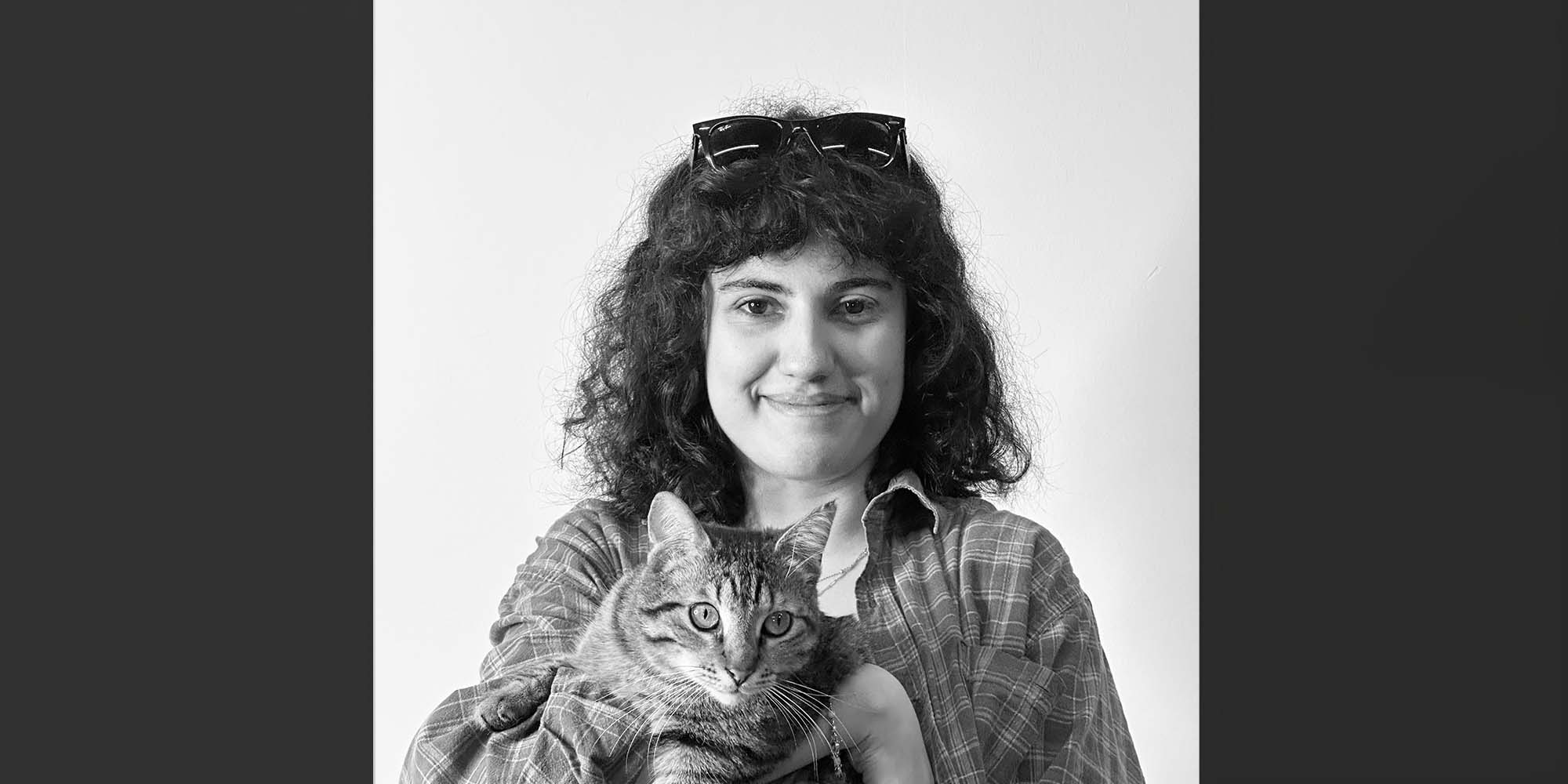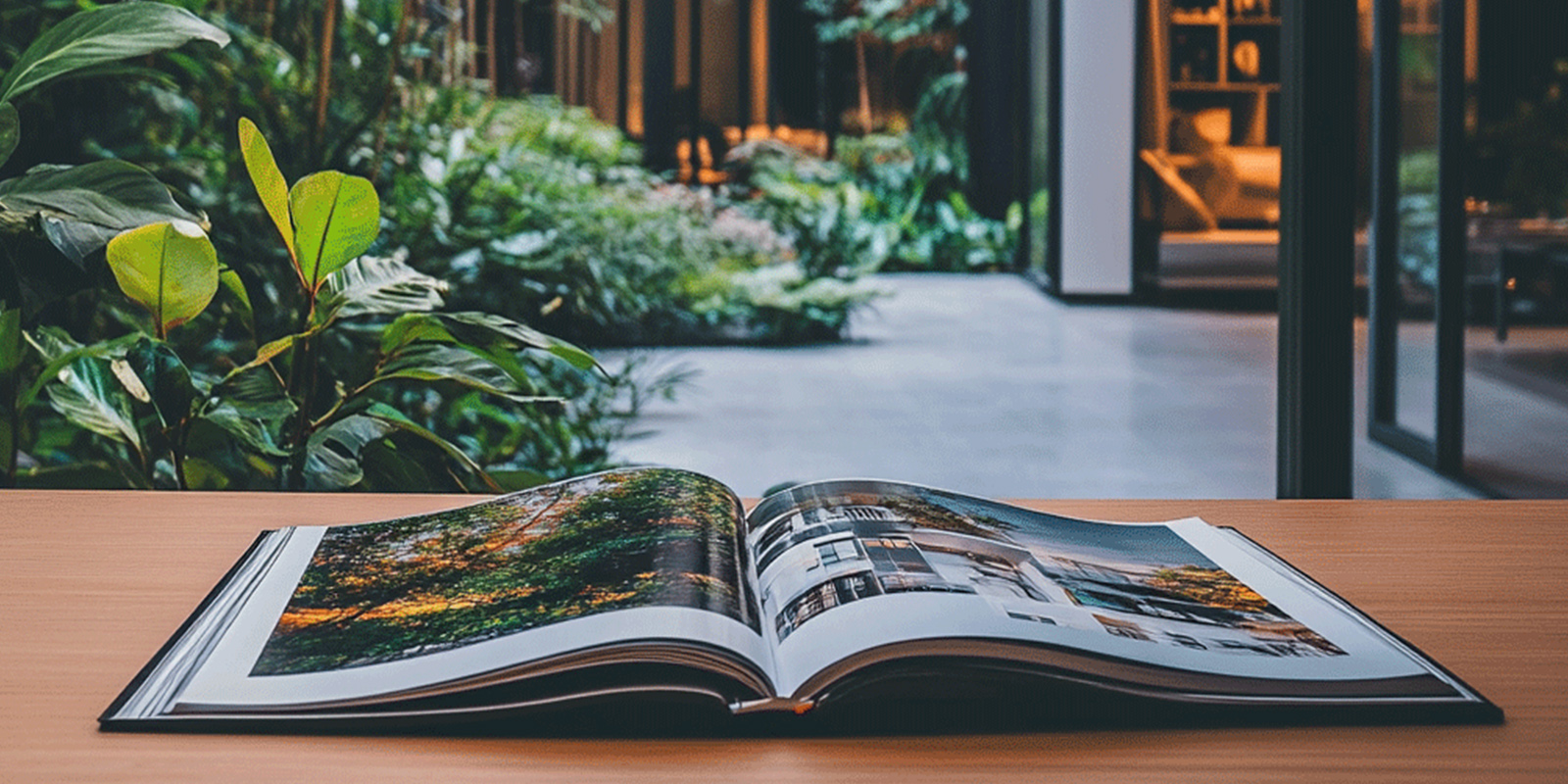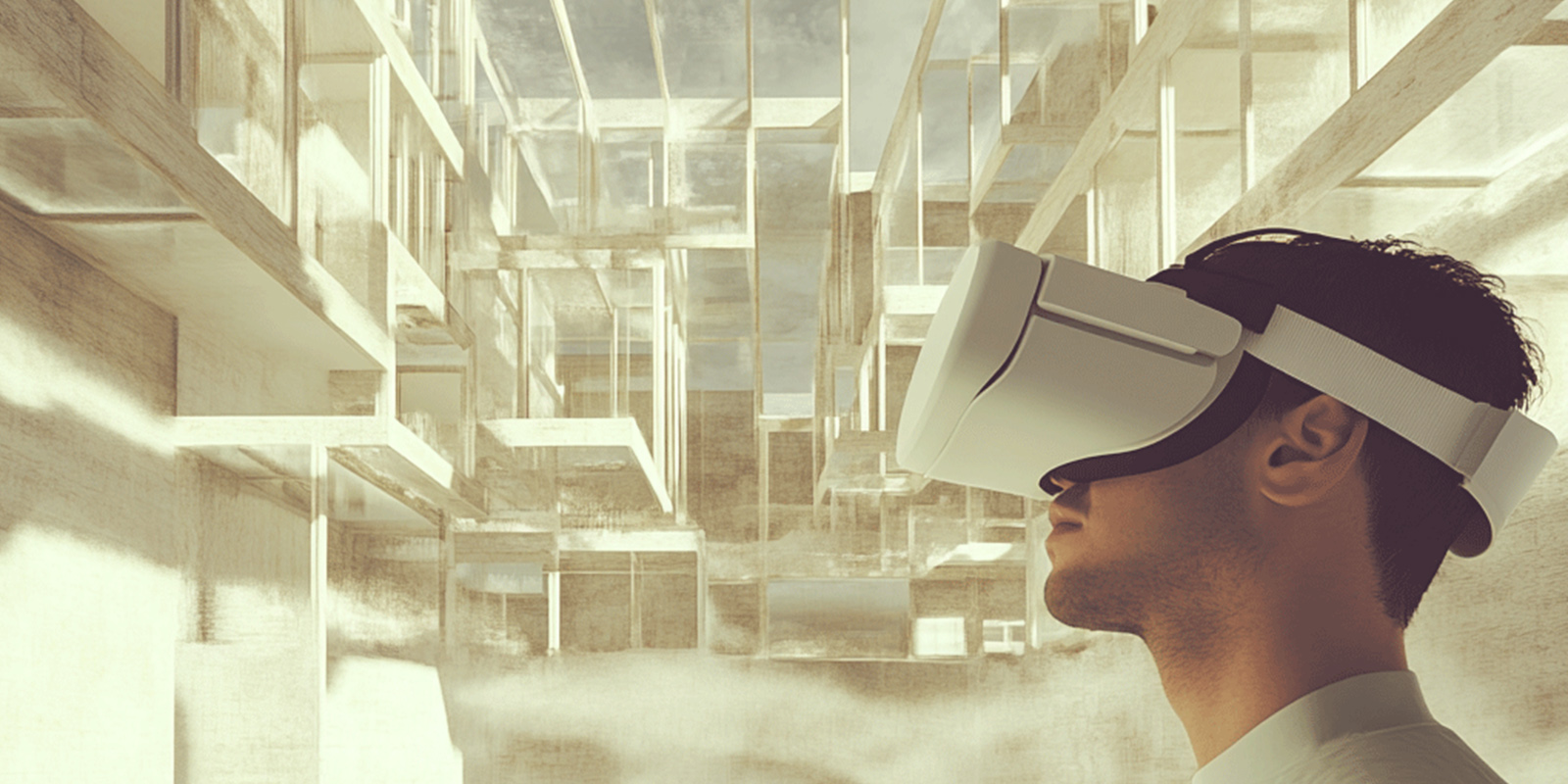Welcome to Media Matters, the interview series on Fublis where we engage with media professionals from various fields, like journalists, editors and writers to explore their journeys and insights into the ever-changing world of media. Through this series, we delve into the experiences of those shaping narratives across multiple industries.
In this edition, we had a conversation with Serra Utkum Ikiz, an Managing Editor at Parametric Architecture. Serra’s diverse expertise spans architecture, design, fashion, and emerging technologies, where she seamlessly navigates storytelling at the intersection of these fields. From managing editorial projects to interviewing influential designers, Serra shares her challenges, inspirations, and the evolving nature of architectural discourse in the digital age.
How do you approach developing story ideas across architecture, design, fashion, and emerging technologies?
Serra Utkum Ikiz: I usually start by researching current trends, checking other blogs, and exploring social media platforms. I particularly enjoy reading articles that explore the intersection of various topics, as this helps me uncover new angles in the ongoing discussions surrounding architecture and design. For instance, an article on climate change can inspire a story idea focused on how we need to rethink our design approaches or how emerging tools can aid in addressing climate challenges. Lately, I’ve noticed that many creatives are actively using social media to share their experiences, insights, and new tools, which not only keeps me informed but also sparks new story ideas. Engaging with these diverse perspectives allows me to develop timely and relevant narratives, improving my understanding of the creative landscape.
Can you describe a challenging project you’ve worked on and how you managed to work through the challenges?
Serra Utkum Ikiz: At Parametric Architecture, I’ve worked on several projects. Currently, I’m managing our first Editorial Fellowship, which aims to improve my knowledge of architectural writing. This project has been particularly challenging due to its dynamic and developing nature. As the designer and coordinator of the program, I initially focused on preparing structured online course sessions and meetings. However, I soon realized that each fellow has unique needs and perspectives in their writing journey. This insight drove me to adapt my approach, emphasizing one-on-one conversations to better understand their individual ideas and requirements. By fostering these personal connections, I can design the experience to support each fellow’s growth more effectively, ensuring a more enriching and impactful program for everyone involved.
Is there a designer you’ve interviewed who really left a lasting impression on you or changed the way you approach your editorial work?
Serra Utkum Ikiz: This is a challenging question! However, I would say that Tim Fu and Neil Leach stand out for their unique perspectives, particularly regarding the future of architecture and our industry as a whole. Their insights have inspired me to think critically about the direction of our field and how emerging technologies can shape our practice. Also, during my conversation with Neil Leach, the topic of “Alien Intelligence” came up, which provided an interesting lens through which to view the intersection of architecture and technology. I highly recommend everyone check out his books.
What kinds of challenges have you run into when interviewing designers from around the world, and how did you manage to overcome them?
Serra Utkum Ikiz: One of the biggest challenges I’ve faced is the dependence on online platforms. It can be difficult to fully capture participants’ expressions and energy without in-person interaction, which I find invaluable for building connections. However, after a few online interviews, I’ve become more comfortable with this format and learned to adapt my approach to connect effectively with my interviewees. Additionally, I’ve found that conversations often evolve in unexpected directions, making it challenging to stick to my original set of questions. While this can be daunting, I actually enjoy the spontaneity it brings, as it often leads to richer discussions and deeper insights.
What were some of the key themes or topics your magazine focused on that resonated with the cultural and art communities during the pandemic?
Serra Utkum Ikiz: While I wasn’t with Parametric Architecture during the pandemic, I’ve observed how many organizations adapted to the new normal by embracing digital communication platforms like Discord and Slack. Post-pandemic, PA integrated Discord into its operations, significantly enhancing our ability to engage with our community. This platform allows members to connect with us easily, share their work, and pose questions whenever they need support. This shift not only fostered a sense of community but also encouraged collaboration and dialogue, helping us stay connected. Also, in the post-pandemic period, we published a few articles addressing critical themes such as disaster and post-disaster recovery and how the pandemic has transformed our workspaces.
Can you share an example of an engaging topic that created a strong impact on your audience?
Serra Utkum Ikiz: One topic that really resonated with our audience was how AI is changing architectural design. We published articles on how AI can be used in areas like parametric design and sustainable construction, which sparked a lot of interest. Our readers were eager to learn how these new tools could improve creativity and efficiency in their work. The content also led to discussions, with many sharing their own thoughts and experiences on the role of AI in the future of architecture.
What suggestions and tips would you give to young minds to stay informed about the latest trends in architecture and design?
Serra Utkum Ikiz: As a young professional myself, I can offer some advice based on my own experience. First, subscribing to newsletters from industry publications is a great way to stay updated on the latest trends. Social media is another powerful tool. Following architects and designers who regularly share their work and insights can provide good inspiration. Attending webinars, virtual events, and design talks is also a great way to stay engaged with current discussions in the field. Lastly, make it a habit to read blogs, articles, and case studies.




